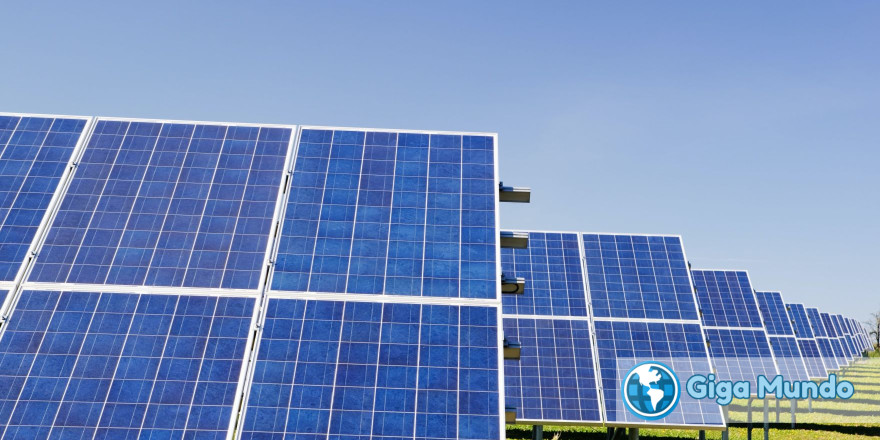The Japanese market is a difficult one to crack and has a higher population density since there are so many people. If we want to tackle this market, we must use nearshore installations or even offshore if the opportunity arises.
There are many benefits to building offshore, but there’s one downside – the construction of underwater foundations can be expensive. The flip side is that your turbines will often get purer wind speeds offshore, offsetting the extra costs. We’re able to keep prices low by constantly optimizing our equipment.
The price per kilowatt-hour produced goes down year after year. Wind energy becomes more attractive because it’s getting cheaper. For example, wind energy is becoming a more attractive option during a recession because it can create jobs and its feed-in tariffs are often fixed.
If we’re able to utilize the right sites near the sea, then the price per kilowatt-hour is competitive against others sources of energy. When thinking about obtaining new sources of power, Svend Sigaard has said that goes down very well with a lot of people.
Vestas provides a heavy investment of capital into helping to expand Japan’s wind turbine power capacity in places where the population wants it the most. With nine offshore installations on Japanese soil, it is looking for support from the population and asking what their needs are.
The Japanese know that they can’t be at the mercy of foreign nations for their energy supplies. WWII taught them that, when the US cut off their oil supply lines and hampered their military power.
They need to produce their own energy, and being a small island nation with few natural resources that are conducive to the production of energy as it is known today; they are very open to foreign investment in the country’s domestic development and the prospect of technological innovations that can turn them into self-sufficient. This is a great opportunity for Japan to develop more electricity from renewable sources, like the wind. Vestas has been a leader in the global wind power industry for years and will contribute greatly to this project.
Japan has been building micro hydroelectric power plants to benefit from the natural energy sources that it has in abundance. Part of this is due to its many rivers and mountain streams – perfect for micro hydroelectricity, The official definition of a small hydropower plant is one that produces between 100 kilowatts and 1000 kilowatts, which is much less powerful than hydropower plants with a capacity of 1 megawatt or more.
In Japan, small-scaled mini- and micro hydropower is popular in mountainous regions and has been refined to be perfect for this. Kawasaki City Waterworks, Japan Natural Energy Company, and Tokyo Electric Power Company have been integral in developing small-scale hydroelectric power plants within Japanese cities.

